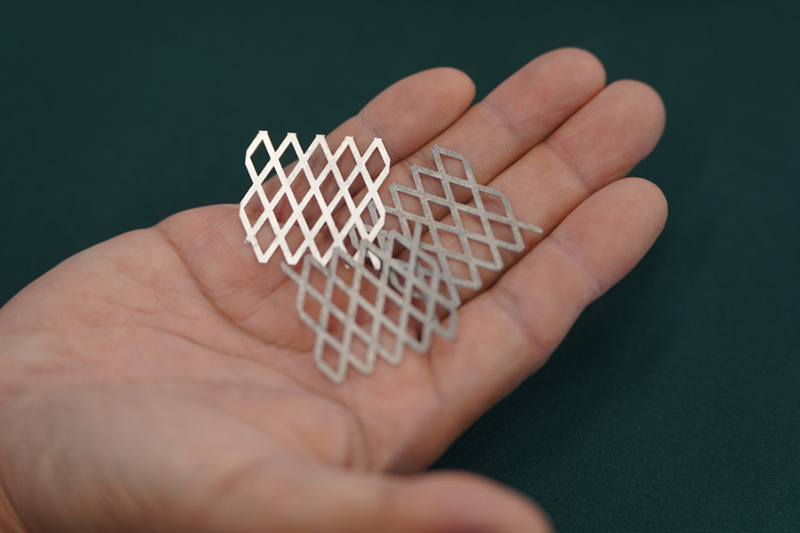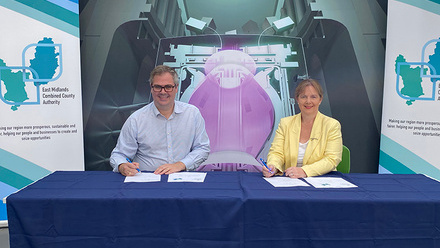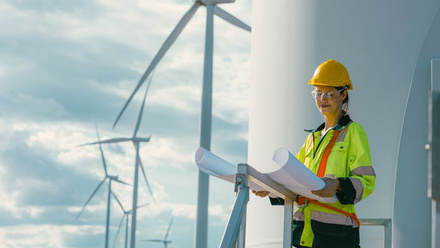Ultra stainless steel for hydrogen production
A stainless steel made in Hong Kong is said to have high corrosion resistance for hydrogen from seawater.

The performance of the new steel in a saltwater electrolyser is said to be comparable to the current practice that uses more costly high-purity titanium, coated by gold and platinum, as structural materials of porous transport layers and bipolar plates to produce hydrogen from desalted seawater or acid.
The development at the University of Hong Kong is said to enable cheaper stainless steel to be used at the potential above water electrolysis, facilitating the commercialisation of water electrolysers for hydrogen production.
The production method achieves this by tackling the challenges associated with chromium (Cr).
The corrosion resistance of stainless steel originates from chromium alloying where the content of chromium should be above 12wt.%.
The passivation film formed by the oxidation of chromium [Cr2O3/Cr(OH)3] protects stainless steel from corrosion.
However, Professor Mingxin Huang at the University explains, 'In electrochemical environments…the stable trivalent chromium oxide [Cr2O3/Cr(OH)3] will be further oxidised to form soluble hexavalent chromium ions as the working potential increases, which results in transpassivation corrosion, with potential generally lower [~1,000mV] than the theoretical potential of water oxidation [at 1,600mV].
'This is a thermodynamic limitation, which makes cheap conventional stainless steel unable to meet the requirements of the electrolytic water hydrogen production industry.'
Huang’s team has developed the new stainless steel designed for hydrogen applications, the SS-H2, using ‘sequential dual-passivation’, which includes the continuous passivation of chromium and manganese (Mn).
Huang says, 'As the work potential increases, the low-potential-passivated Cr and the high-potential-passivated Mn dominate a continuously growing passivation process and then form an uninterrupted passive film structured by two layers, which prevents SS-H2 from corrosion in the chloride medium.'
The first passivation layer based on Cr2O3/Cr(OH)3 reportedly resists corrosion at low potentials below 720mV, while the MnO2-based passivation layer protects stainless steel against corrosion up to 1,700mV.
Initially, the team did not believe it as it is counter-intuitive and contradicts the prevailing view that manganese impairs the corrosion resistance of stainless steel. 'The Mn-based passivation was discovered accidentally, but it also resulted from persistent research on Mn-containing steel, shares Huang.
The team foresees considerable cost savings in using the new stainless steel for green hydrogen production versus titanium coated in precious metals. 'Typically, these coats often have a thickness of several hundred nanometres. When considering raw materials, the prices of titanium, platinum and gold are US$/kg 47-123, 30,000 and 65,300, respectively.' By comparison, the material price of SS-H2 varied from 1.1-8.6 US$/kg. Their cost-saving projection is roughly calculated based on a bipolar plate with a simple structure and small surface area, 'which is actually underestimated'.
Furthermore, the electrochemical impedance of SS-H2 used for hydrogen production is reported as 2Ω·cm2, in comparison to pure titanium at 2,500Ω·cm2. And 'finally, SS-H2 is a type of stainless steel with similar mechanical properties. The manufacture of stainless steel into plates and foams is very mature…There is no need to upgrade the production line', says Huang. The team is now working with commercial partners from mainland China to develop a water electrolyser prototype with the material.
They are optimising the sequential dual-passivation mechanism to reduce material costs and will also focus on developing material-forming techniques.







